Palmistry: A Historical Perspective
Tracing the roots of palmistry back through time, this article explores the ancient practice's inception and evolution into modern palm reading.
article by Nora Pennington
The Dawn of Palmistry
Palmistry, also known as chiromancy, is the art of interpreting a person's character or future life by examining the lines and features of the hand. The practice is believed to have originated over 5,000 years ago. Rooted in various cultures, its early traces can be found in civilizations as diverse as the Chinese, Tibetan, Persian, Mesopotamian, Egyptian, and Indian. Such a vast historical reach suggests that palmistry was not "invented" in the conventional sense, but rather emerged in different regions independently, something akin to a universal human fascination with divining meaning from the body.

The Practice Spreads Across Cultures
As societies interacted through trade and conquest, knowledge of palmistry spread. In ancient India, palmistry is detailed in the Vedic texts, which date back to approximately 1500 BCE. This body of knowledge significantly shaped the practice and its philosophical undercurrents. Meanwhile, Aristotle (384-322 BCE) took an interest in palmistry in Ancient Greece, and his subsequent writings on the subject reportedly influenced Alexander the Great (356-323 BCE), illustrating the practice's prestige in the ancient world. This blend of philosophical, astrological, and anatomical approaches laid the groundwork for the modern manifestation of palmistry.

The Middle Ages and Beyond
Despite facing inevitable ebbs and flows of popularity, notably during the Middle Ages in Europe where it was associated with witchcraft and thus frowned upon by the Church, palmistry persisted. By the Renaissance, interest rekindled and philosophical ties to astrology were strengthened. It was not until the 19th century that palmistry experienced a true revival when figures like Captain Casimir Stanislas D'Arpentigny and William John Warner, also known as Cheiro, published works that helped bring palm reading into the contemporary era.
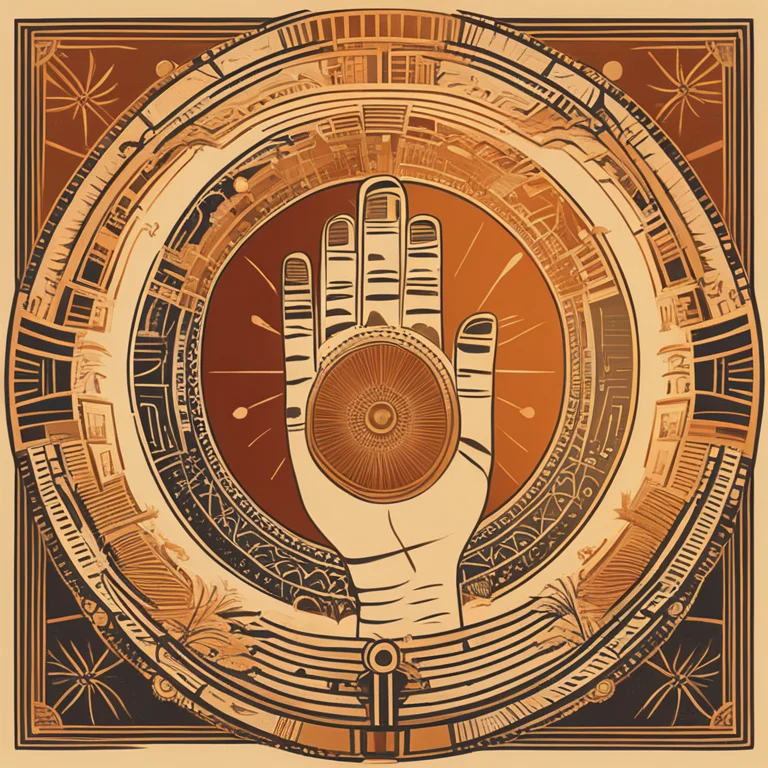
Palmistry in the Modern Era
In the 20th century, palmistry continued to evolve, often incorporating psychological elements. Carl Jung, for example, saw palmistry as a reflection of the unconscious mind. Today, palmistry is experiencing another surge in interest, thanks to the accessibility of information online and a renewed cultural interest in mystical and esoteric knowledge. Professionals and enthusiasts alike explore the links between palm lines and aspects of personality, destiny, and even health, with an ever-expanding set of interpretations and methods.
Scientific Scrutiny and Palmistry
As of 2024, palmistry has not been substantiated by mainstream scientific evidence, and many view it as a pseudoscience. Nonetheless, this lack of empirical validation does not detract from its cultural significance and personal value for countless individuals who find guidance and solace in its practice. For enthusiasts and practitioners, palmistry is less about empirical evidence and more about intuitive insight and a symbolic language that has been enriched over millennia.
Conclusion: Palmistry's Timeless Appeal
Regardless of its true origins, palmistry has withstood the test of time, spanning across cultures and centuries. Its staying power is a testament to the human fascination with self-discovery and foretelling the future. As we move forward, palmistry is likely to continue adapting, embracing new ideas while holding fast to the traditions that have made it such an enduring and enigmatic art form.
Published: 1/11/2024
Modified: 1/12/2024
More predictions
Come back here soon to learn more about yourself and your future

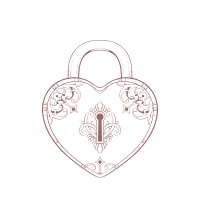
The Basics of Palm Reading: A Beginner's Guide
Discover the basics of palm reading in this comprehensive guide aimed at beginners interested in the ancient practice of palmistry.
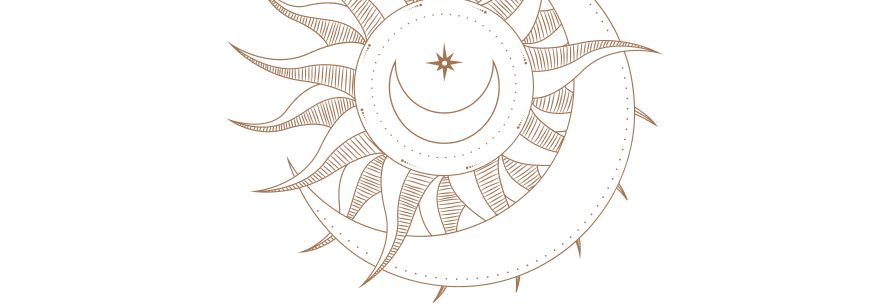

The Secrets of the Jupiter Mount & Palmistry
Discover the significance of the Jupiter Mount in palm reading and how it reflects your leadership and ambition.
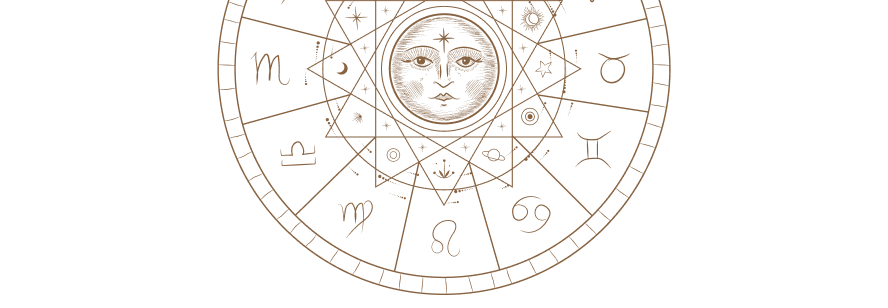
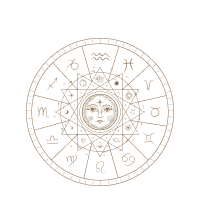
The Impact of the Jupiter Mount in Palmistry
Discover the impact of the Jupiter Mount on your life through palm reading. Learn about its meaning and significance in palmistry.